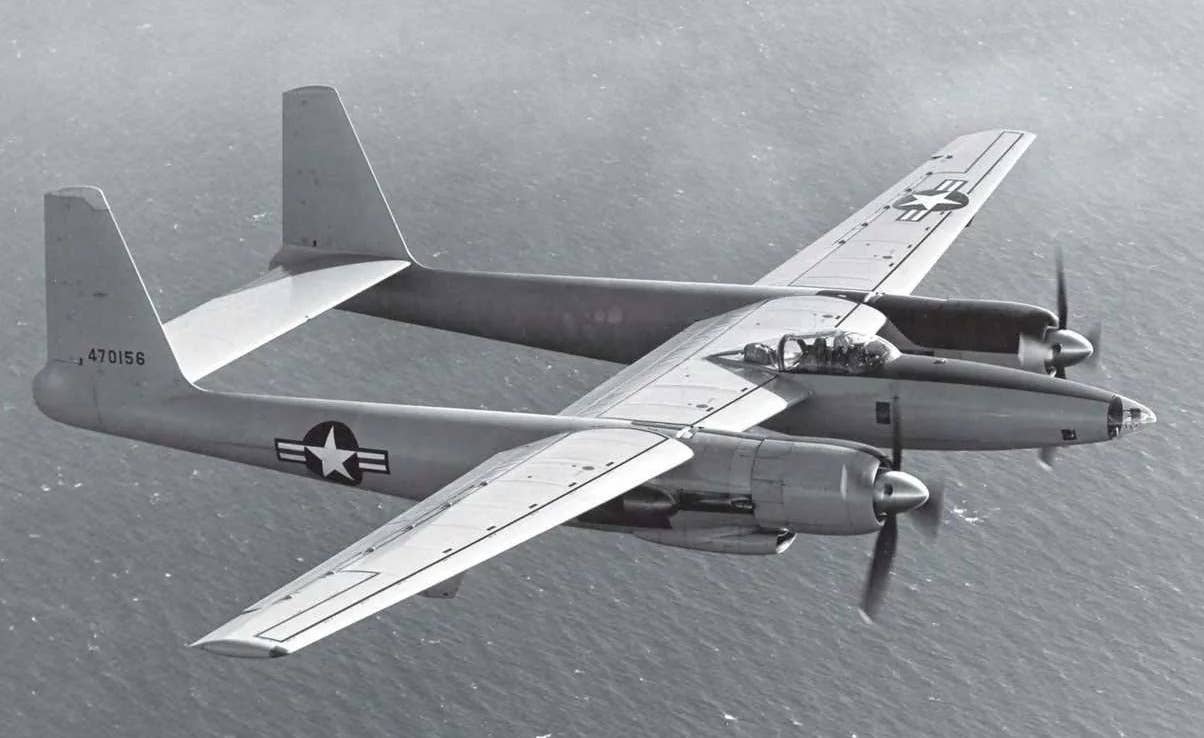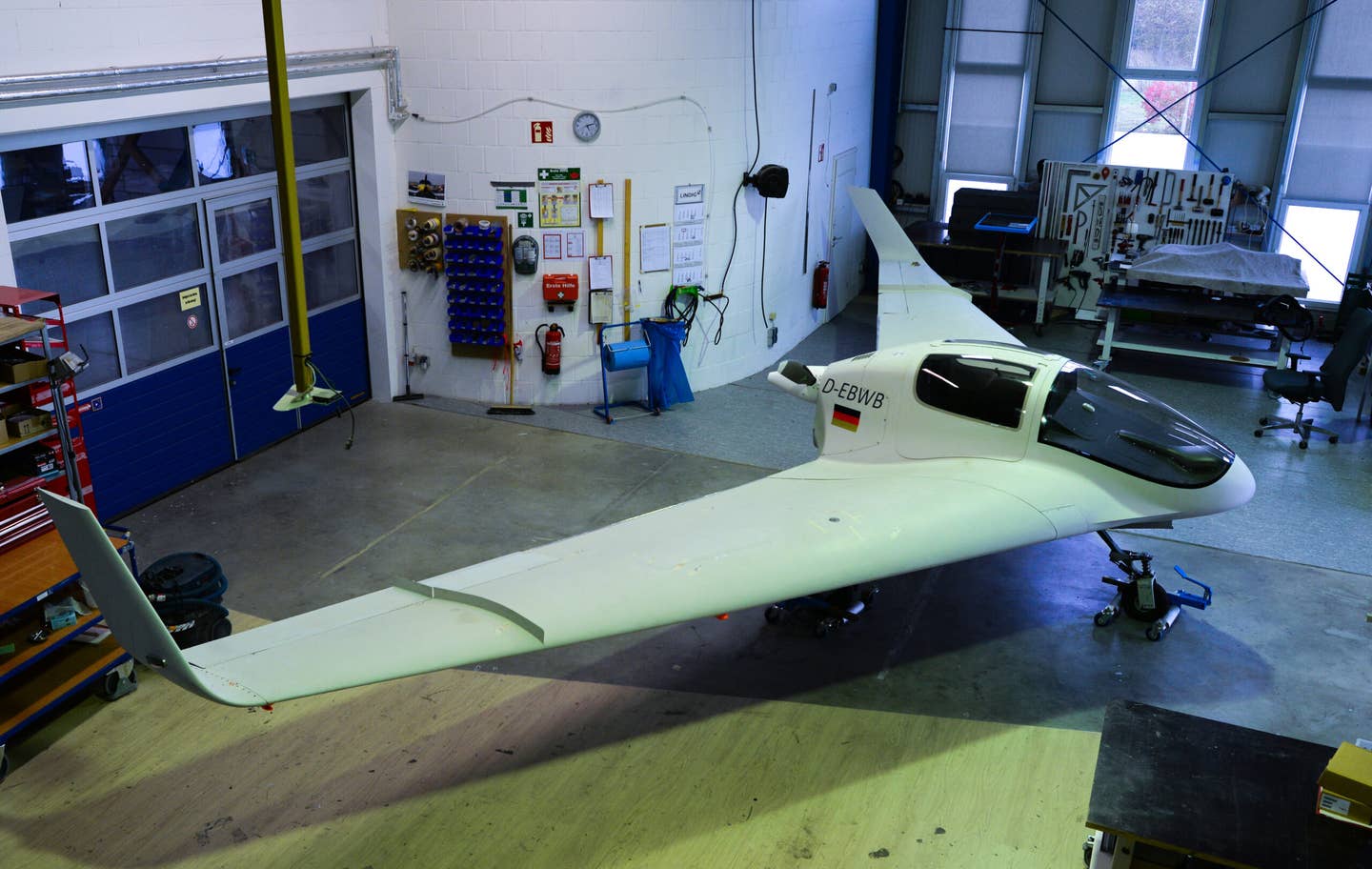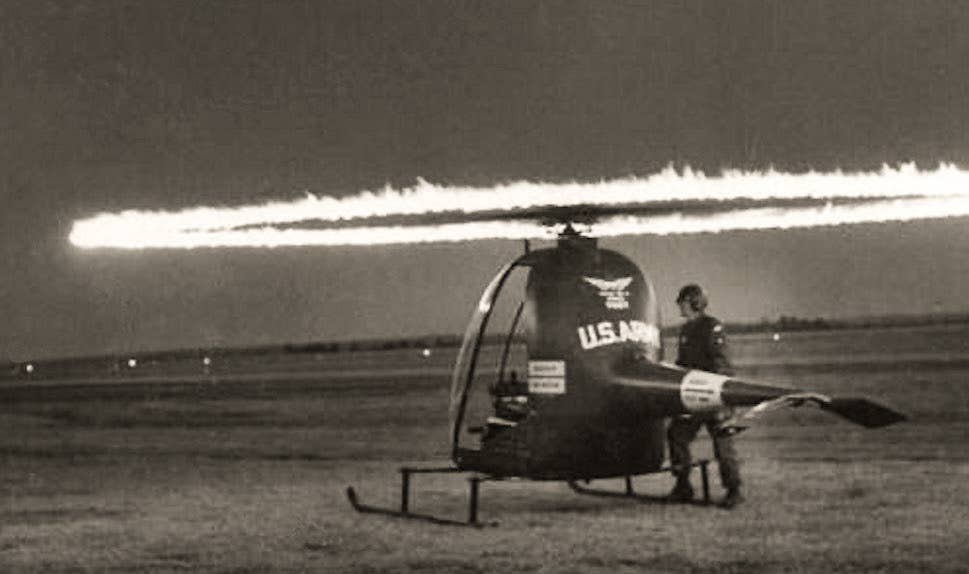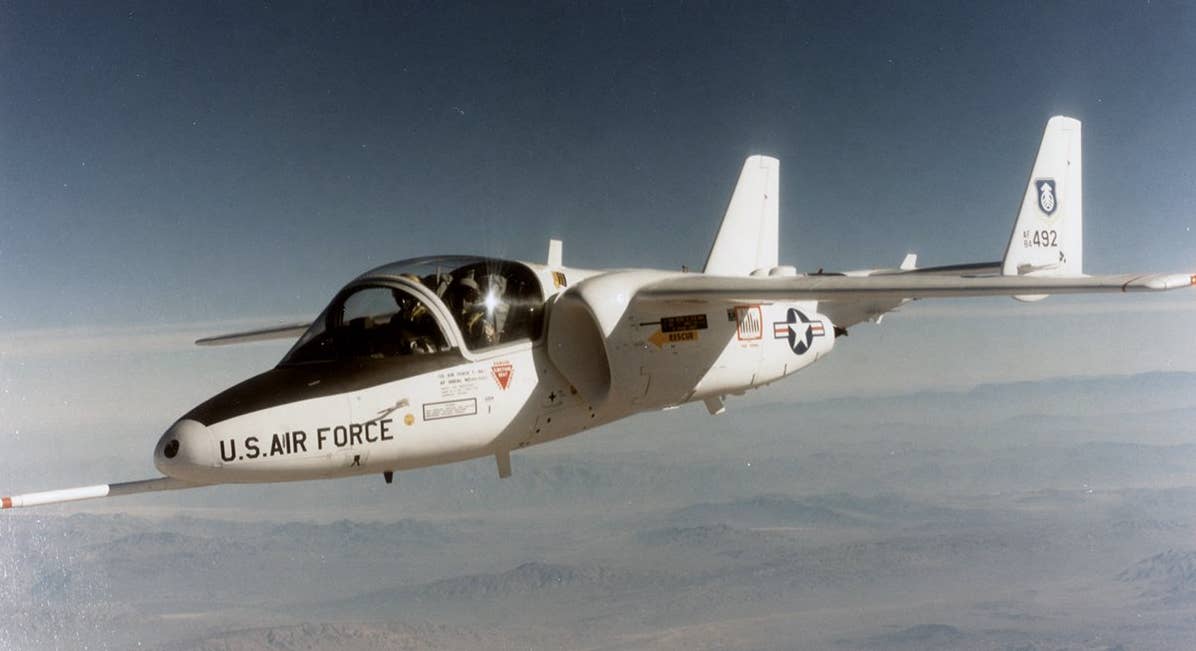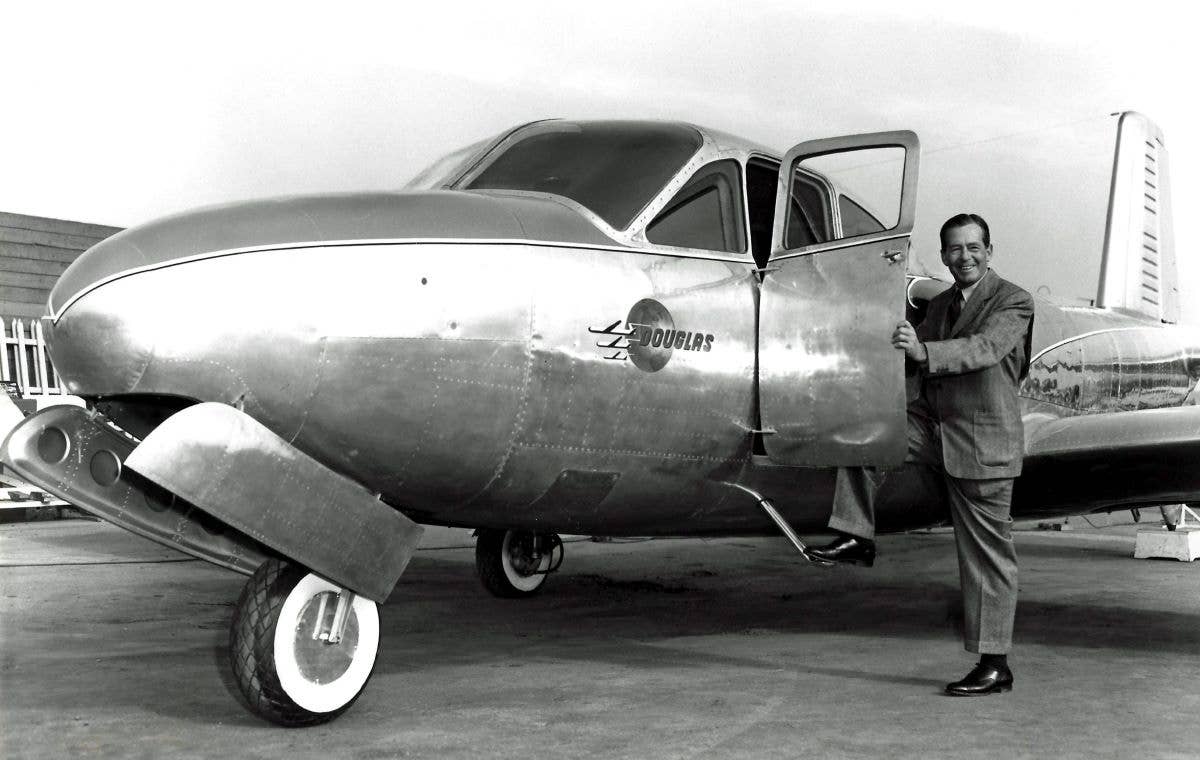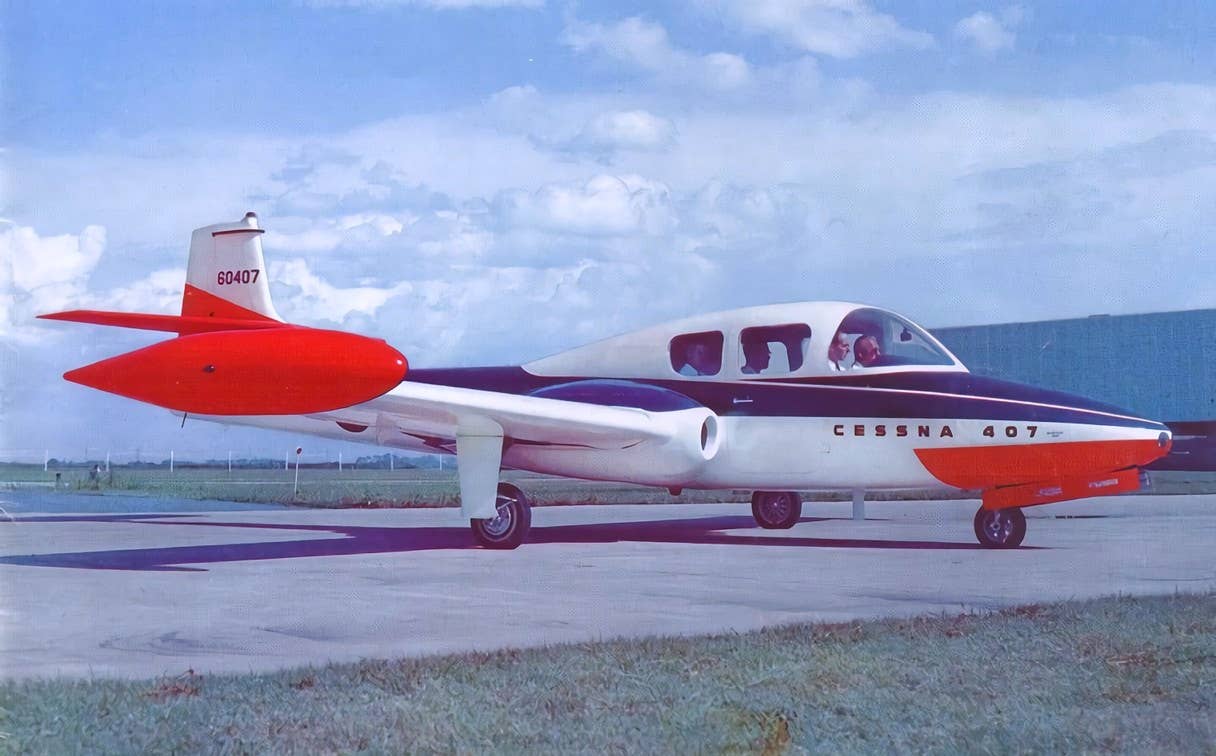The Large, Slow-Moving Shadow of the Convair L-13
Designed by Stinson and manufactured by Convair, the L-13 visually seems to have been cobbled together by Dr. Frankenstein’s aerodynamicist cousin.
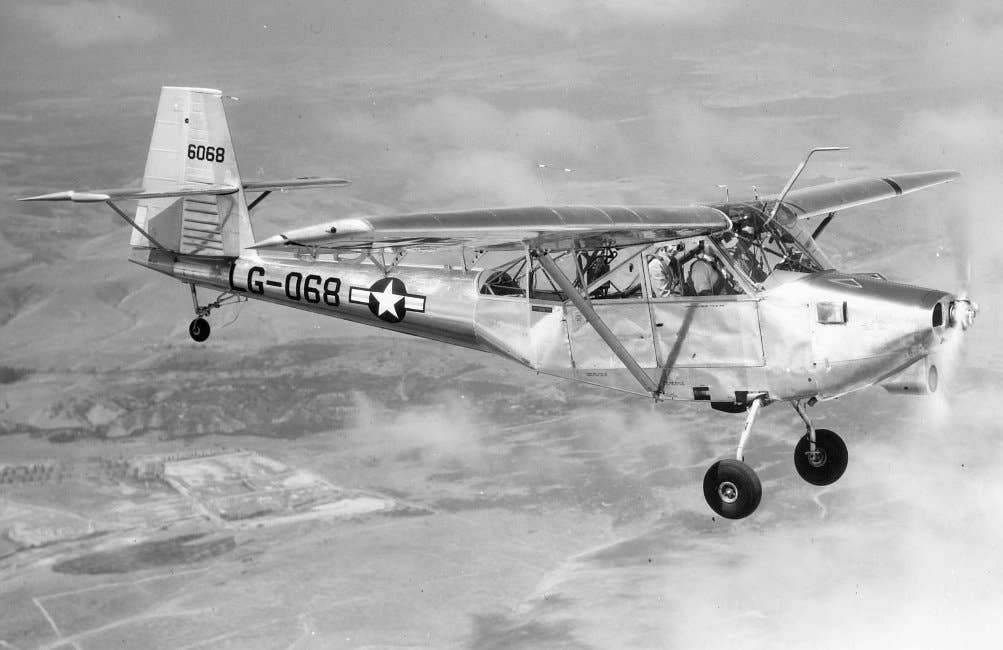
Designed by Stinson and manufactured by Convair, the L-13 emphasized function over form and provided outstanding STOL capability. [Courtesy Stinsonflyer.com]
Among the many post-war aircraft that were developed in the late 1940s and 1950s, one of the more interesting and lesser-known examples is the Convair L-13. Tasked with creating a multi-purpose liaison aircraft with STOL capability, the designers strongly prioritized function over form. The result was an aircraft that visually seems to have been cobbled together by Dr. Frankenstein’s aerodynamicist cousin, yet met its challenging design goals nicely.
The L-13 was initially developed by Stinson, and the first two prototypes were constructed in their Michigan facility. When Stinson’s parent company, Consolidated-Vultee, sold the Stinson division to Piper in 1948, the L-13 was retained and ultimately marketed and built as a Convair. Roughly 300 examples were built between 1946 and 1947.
In photos, the L-13’s size seems to be on par with other liaison aircraft of the era. In person, however, its relatively large size becomes apparent. With side-by-side seating for the two occupants up front, the cabin can also accommodate two stretchers, enabling air ambulance duties.
The aircraft originally came with a six-cylinder, geared Franklin O-425-9 that produced 245 horsepower. Because of the massive wing and airframe it was asked to pull through the air, cruise speed of the L-13 was only 92 mph. Fortunately, the low-speed STOL performance was exceptional.
Sporting an empty weight of 2,023 pounds, a “design gross weight” of 2,900 pounds, and a “max overload” weight of 3,700 pounds, the L-13 was far heavier than other 2-seat liaison aircraft of the era. Nevertheless, at 2,700 pounds, it was able to take off in 230 feet and land in 227 feet. At that weight, the flight manual lists stall speed as 43 mph, and the company’s public relations material noted that to achieve this landing distance, the pilot must fly the approach at 43.5 mph.
Though the wing was entirely different from existing Stinson wings, it did incorporate the leading-edge slots as found in the smaller 108. These helped to maintain airflow over the ailerons when flying at high angles of attack, thus preserving roll authority during low-speed STOL operations.
More Stinson DNA is evident in the fuselage—the occupants are protected by a steel-tube structure, again like the 108. Given the airplane’s intended mission of operating in challenging, remote areas, the increased crashworthiness must have been appreciated by pilots and passengers alike.
Because many of these areas were so remote, the military demanded that the aircraft be easy to transport. Stinson obliged with some creative innovations. Most obvious is the aircraft’s ability to be folded down to a small size. By folding the wings backward and the horizontal stabilizer upward, it could be made small enough to load into the back of transport aircraft of the era such as the Fairchild C-82 Packet.
The military also wanted to be able to tow the aircraft behind a Jeep using existing roads. To accommodate this, Stinson enabled the main gear to be pivoted inward to reduce the width. While the gear were still too wide to fit into the tire tracks of the Jeep’s narrow track, they folded to within a half inch (61.6 inches) of the Jeep’s overall width.
When the military desired to transport the aircraft across vast distances where no suitable roads existed, they could tow it behind a larger aircraft with more range, such as a Douglas C-47. This could be accomplished without having to remove the propeller at speeds of up to 150 mph. When the aircraft arrived over the destination, the L-13 pilot would release from the tow cable, start the engine, and proceed to the landing site under their own power.
As no engine heat would be available with the engine shut down, one hopes those long flights were conducted with the winterized L-13B. Designed specifically for operations in cold climates, the B-model came equipped with a 50,000 BTU combustion heater, engine intake vanes, and blankets fastened to the walls of the cabin to retain heat.
As the military transitioned to helicopters to handle much of the L-13’s intended roles, the L-13 fleet was gradually released to civil owners. Faced with the reportedly challenging task of maintaining the relatively rare O-425 engine, many were converted to small radial engines such as 300 hp Jacobs and Lycomings. These radials provided increased horsepower and were easier to maintain than the original flat-six.
Today, approximately 15 remain on the FAA registry. Several are on static display in museums, and a handful are maintained and flown by dedicated owners, casting large, slow-moving shadows upon observers below.

Subscribe to Our Newsletter
Get the latest FLYING stories delivered directly to your inbox

